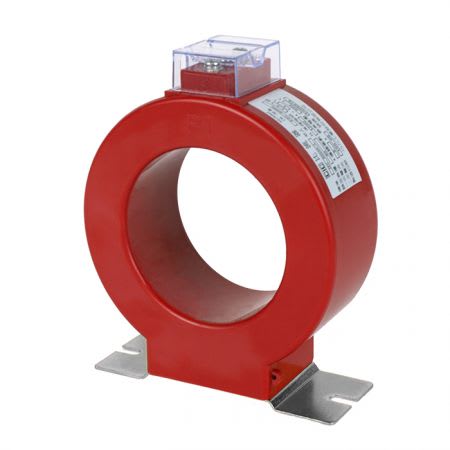prc-
Sorry, I was pressed for time yesterday.
If an open circuit on the CT's secondary occurs at the "right spot" it can damage the insulation in certain designs. This can vary substantially with the rating of the CT's core. In general, the higher the ratio and the higher the protection rating, the higher the open-circuit voltage. The higher the open-circuit voltage, the more chance there is to arc to different points.
Over the long-term, the continuous arcing can lead-to gas build-up either leading to an over-pressure situation or deteriorating the oil.
Also, an open-circuited CT causes the core to go into deep saturation. That saturated core can generate a lot of heat...again that varies with the design of the core. That excess heat generated from inside the core housing (on a head-type CT) can lead to primary insulation failure and/or an over-pressure situation.


